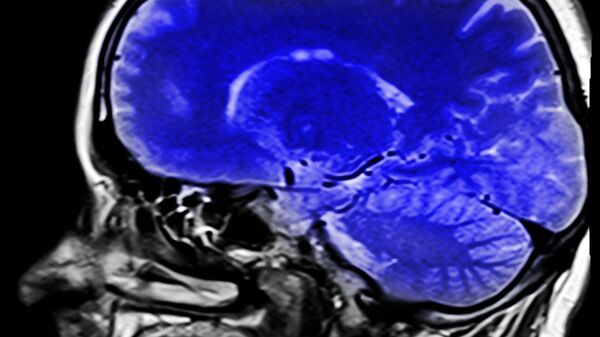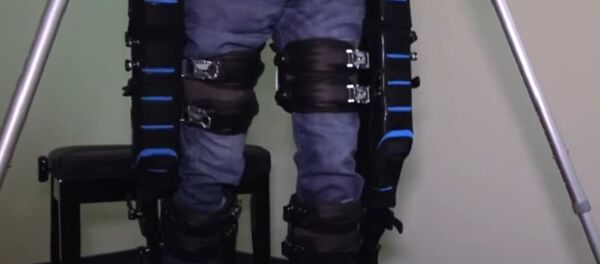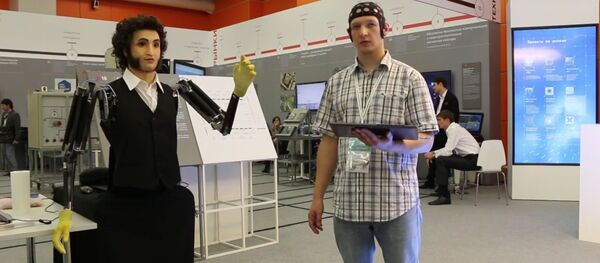Conference participants demonstrated particular interest in a report by Mikhail Lebedev, academic supervisor at the Center for Bioelectric Interfaces at the Higher School of Economics. Lebedev spoke about the latest developments in creating brain-computer interfaces. The scientist spoke to a Rossiya Segodnya Social Navigator correspondent about the significance of research in the sphere.
Sputnik: Mr Lebedev, what is a brain-computer interface and why do we need it?
Mikhail Lebedev: This is a device that reads brain signals, reads your mind in a certain way, and then sends these signals to external devices.
The first job of the brain-computer interface is to restore motor functions of paralyzed patients.
Patients with amyotrophic lateral sclerosis are fully paralyzed and incapable of communicating with the world although they remain completely conscious. They need a way to communicate. This is why we read their brain signals and link them to a computer. This helps them to send signals and consequently communicate with other people.
Sputnik: Do the new interfaces give other opportunities to patients?
Mikhail Lebedev: Yes, they help to eliminate various sensory disorders. For example, a paralyzed person stops feeling paralyzed parts of their body and instead feels phantom pain. By stimulating the person's brain we, on the one hand, can turn off the lost feeling artificially and, on the other hand, remove the phantom pain that is also related to the dysfunction.
Working further, we can expect that eventually these interfaces will help to improve brain function even in healthy people.
There are companies that claim they can connect you to a video game. Of course, this is cheating because they are not recording real brain signals, but rather some other signals related to body movement or myographic activity of face muscles.
Sputnik: Isn't it disturbing?
Mikhail Lebedev: Yes, there are certain risks. Philosophers and ethics experts are contemplating these matters. However, the development and implementation of such implants is a very distant prospect. It will not happen tomorrow and not even in the nearest future.
Sputnik: Can brain-computer interface research give an impetus to robotics development?
Mikhail Lebedev: Outstanding physicist Richard Feynman liked to say that he can only begin to understand something when he can do it.
It is not difficult to describe how the interface works. You connect it to the brain, it restores motor functions and so forth. Sounds simple. But making it a reality is a different story.
Robotics technicians are facing completely new tasks these days. For example, creating a powered exoskeleton for a paralyzed patient.
However, there are exoskeletons for patients with paralyzed legs. They walk using crutches and show excellent rehabilitation results. You can hardly notice the difference between a person using an exoskeleton and a healthy person. And we see that the solution requires input from different scientific areas that trigger each other's development through a mutually beneficial exchange of knowledge.
The views and opinions expressed in this article are those of the speaker and do not necessarily reflect those of Sputnik.




